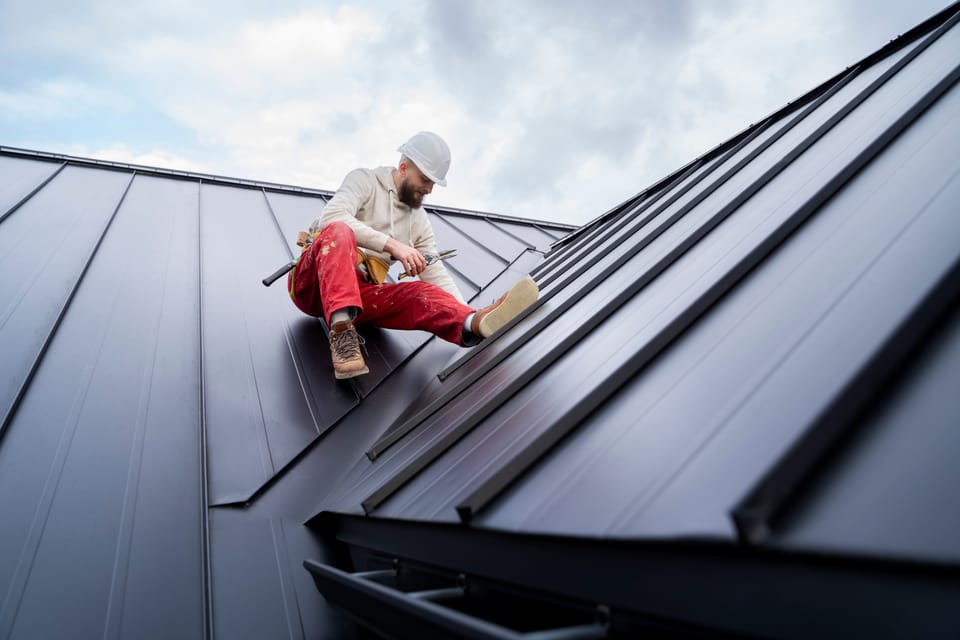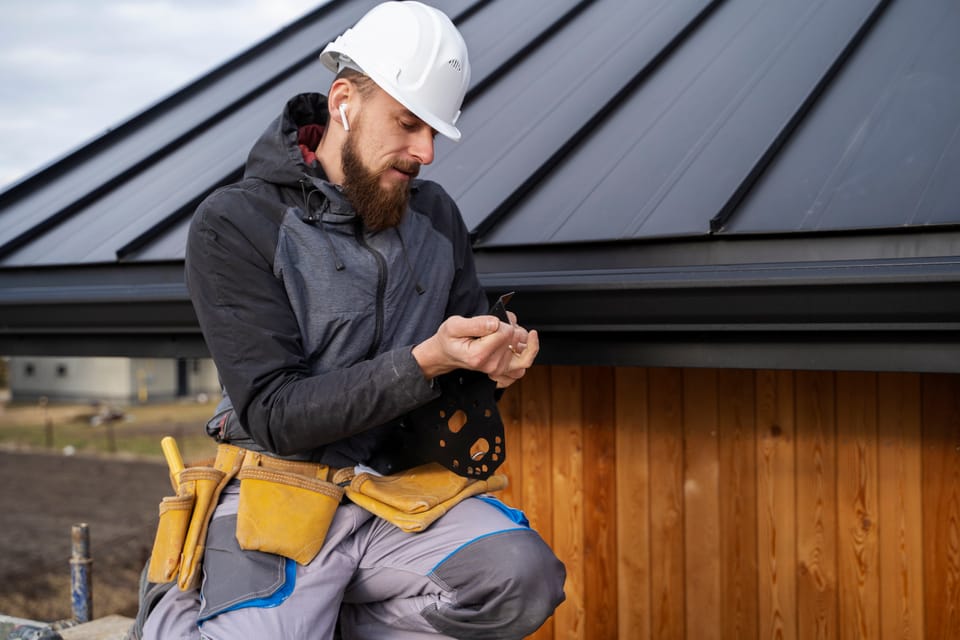Metal Roofing Installation Tips: Your Guide to a Successful Project
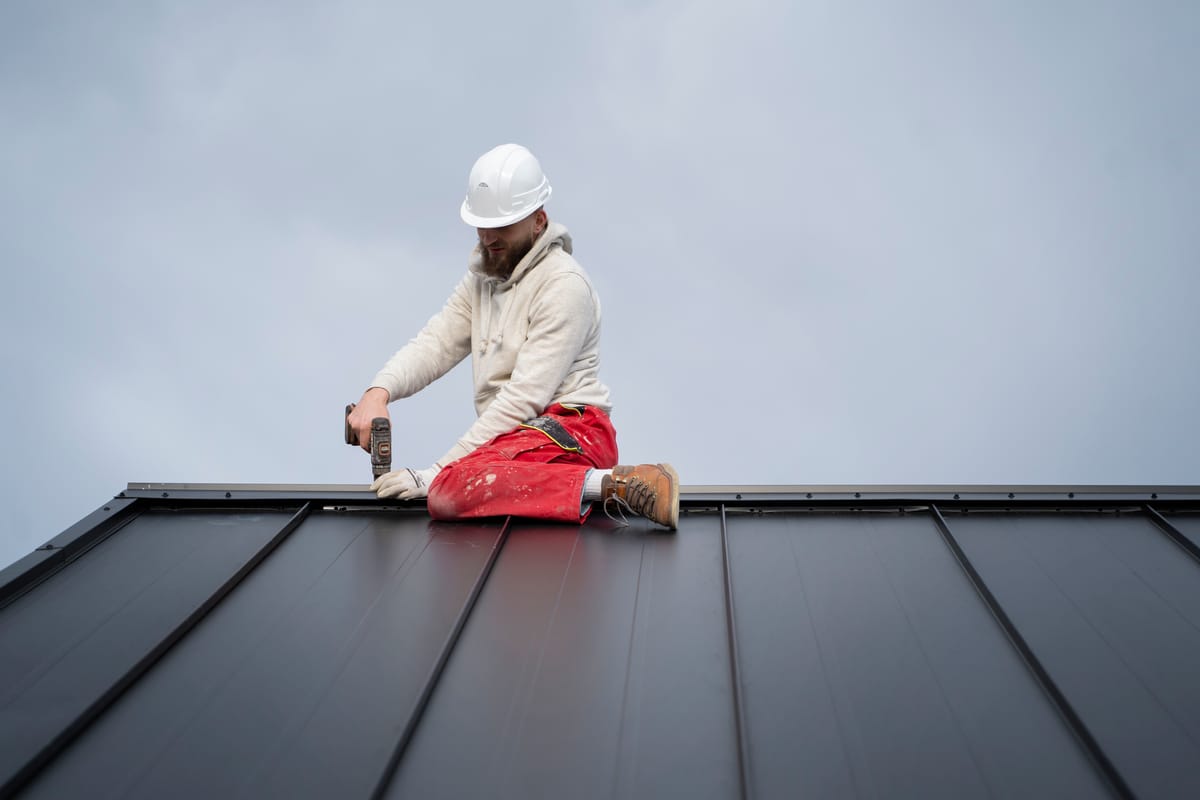
Metal roofing is becoming increasingly popular for its durability, energy efficiency, and modern aesthetic appeal. However, the installation process can be complex, and getting it right is essential for maximizing the benefits of your investment. Here are some expert tips to guide you through a successful metal roofing installation.
1. Select Quality Materials
The first step in your metal roofing installation journey is choosing the right metal roofing materials. Options include steel, aluminum, copper, and zinc, each offering unique advantages. Steel is known for its strength and affordability, while aluminum is lightweight and resistant to corrosion. Take the time to research and select high-quality materials that align with your local climate and the architectural style of your home. This initial investment will pay off in longevity and performance.
2. Plan Thoroughly
A well-thought-out plan is crucial for a smooth metal roof installation. Begin by accurately measuring your roof's slope and total square footage to determine the quantity of materials required. Consider factors like the roof's pitch and any obstacles, such as chimneys or skylights. Developing a comprehensive plan will help you avoid costly errors and ensure the project stays on schedule.
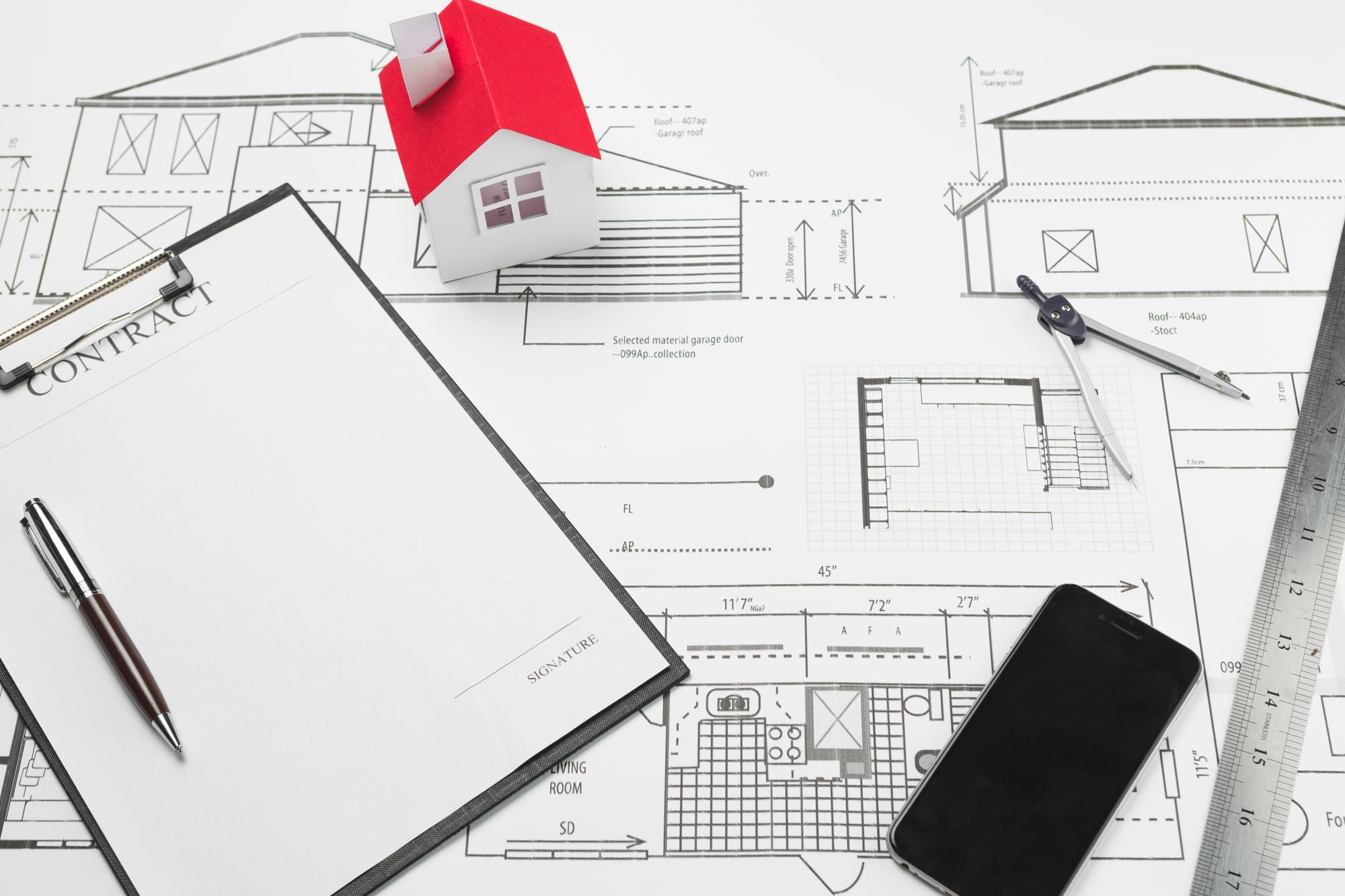
3. Prioritize Safety
Safety is paramount when working at heights. Equip yourself with essential safety gear, including a hard hat, safety glasses, gloves, and slip-resistant footwear. If your roof has a steep pitch, invest in a safety harness and secure it to a reliable anchor point. Taking these precautions can prevent accidents and keep your focus on the task at hand.
4. Prepare the Roof Surface
Before installing your new metal roof, it's vital to inspect the existing structure. Remove any old roofing materials, debris, and loose shingles. If you're working over an existing roof, ensure there are no weak spots that require reinforcement. A solid foundation is key to a successful installation.
5. Invest in Quality Underlayment
Using a quality underlayment is essential for protecting your home from moisture and leaks. Opt for a synthetic underlayment known for its superior water resistance. Install the underlayment starting from the eaves and work your way up, ensuring each row overlaps the one below it to create a robust moisture barrier.
6. Start at the Eaves
When you're ready to install the metal panels, begin at the eaves of the roof. It's important to align the first panel carefully, using a level to ensure it's straight. Any misalignment at this stage can affect the entire installation, so take your time to get it right.
7. Ensure Proper Overlapping
Correctly overlapping the panels is vital for preventing leaks. Most metal roofing systems recommend a minimum of a 1-inch overlap for side laps and a 6-inch overlap for end laps. Follow the manufacturer's guidelines closely to ensure a watertight seal and optimal performance.
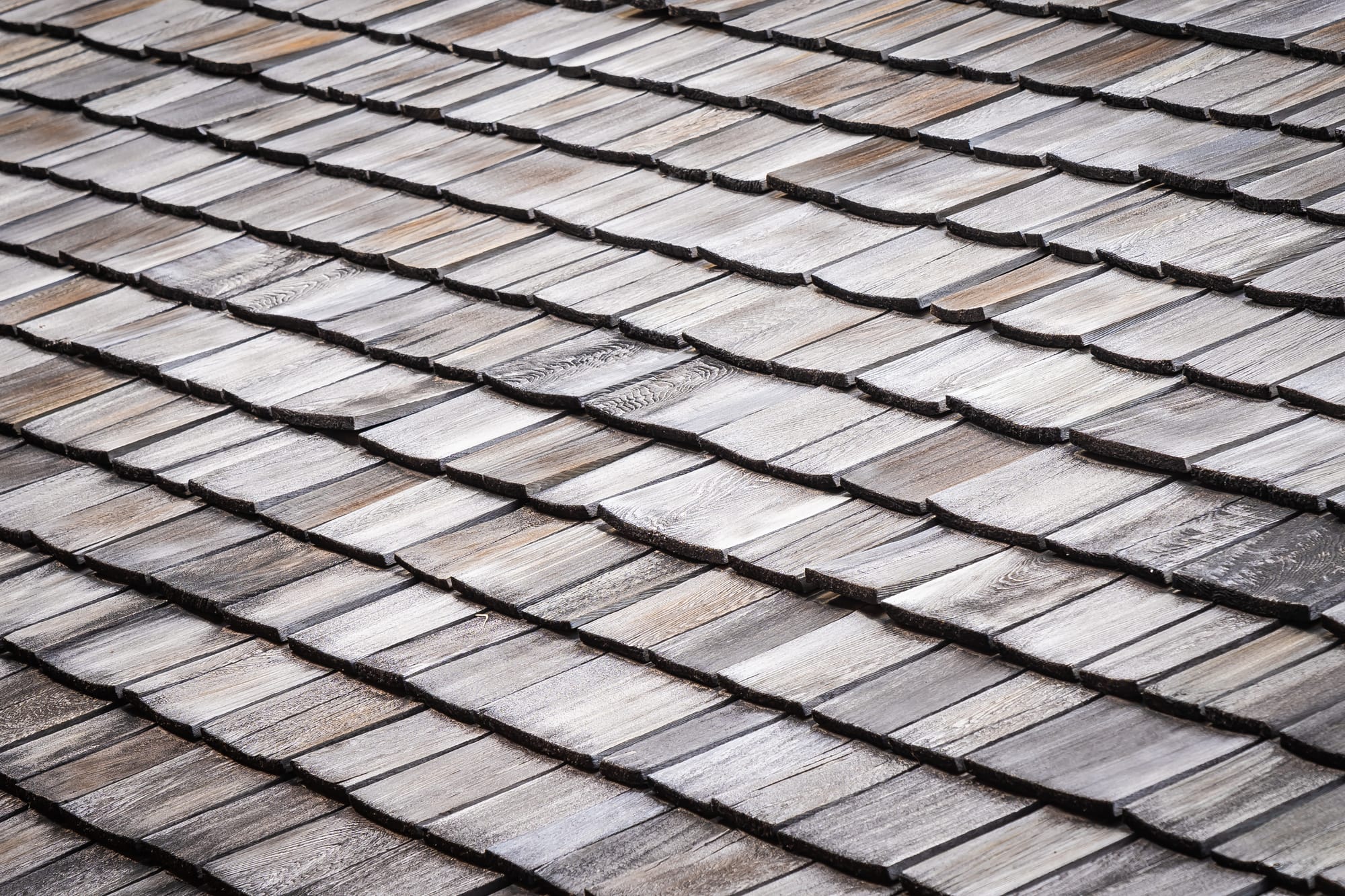
8. Choose the Right Fasteners
Using the correct fasteners is crucial for securing your metal roof. Look for screws specifically designed for metal roofing, typically equipped with rubber washers that create a watertight seal. Install these fasteners according to the manufacturer's recommendations, ensuring they are snug but not overly tight, which could damage the panels.
9. Focus on Ventilation
Proper ventilation is essential for extending the life of your metal roof and enhancing your home’s energy efficiency. Ensure your attic has adequate ventilation to allow for heat and moisture escape. This helps reduce condensation and keeps your home comfortable year-round.
10. Finish with Ridge Caps and Flashing
After installing the panels, complete the project with ridge caps at the roof's peak for a polished look. Don't forget to install flashing around chimneys, vents, and other roof penetrations. This step is critical for preventing leaks and ensuring your roof remains watertight.
11. Regular Maintenance Matters
Once your metal roof is installed, commit to regular maintenance. Schedule periodic inspections to check for loose screws, debris accumulation, and any signs of rust or corrosion. Keeping your roof clean and well-maintained will enhance its lifespan and performance.
Conclusion
Metal roofing can be a transformative upgrade for your home, providing exceptional durability and aesthetic appeal. By following these expert tips, you’ll set the stage for a successful installation that delivers lasting benefits. Whether you're a seasoned DIYer or working with professionals, a thoughtful approach will ensure your metal roofing project is a success. Embrace the journey, and enjoy the rewards of your investment for years to come!


